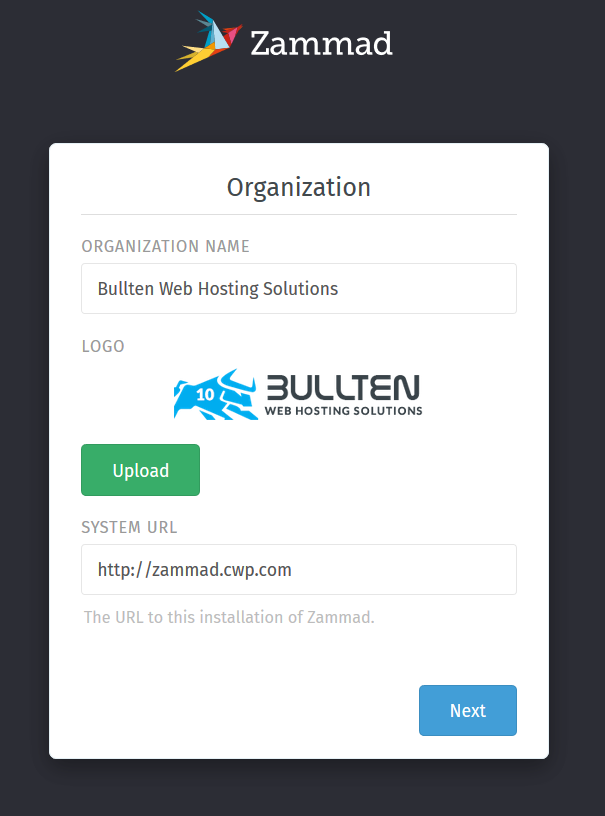
I m getting error when i use make command 🥺 Was this helpful? Please add a comment to show your appreciation or feedback ↓ Support the nixCraft with a PayPal donation if you use Adblock 🙏 Join the nixCraft community via RSS Feed, Email Newsletter or follow on Twitter. He wrote more than 7k+ posts and helped numerous readers to master IT topics. Vivek Gite is the founder of nixCraft, the oldest running blog about Linux and open source. Use web interface to shutdown ntop, or use normal kill / killall command: usr/local/bin/ntop -i "eth0,eth1" -d -L -u ntop -P /usr/local/var/ntop -skip-version-check -use-syslog=daemon $ ssh -L 3000:localhost:3000 -N -f open browser and type the following command: Setup simple tunnel using ssh, enter the following on your local UNIX / Linux desktop system: # service iptables restart How do I view ntop stats without opening port 3000? A RH-Firewall-1-INPUT -m state -state NEW -m tcp -p tcp -dport 3000 -j ACCEPT
#INSTALL NTOPNG CENTOS 7 CODE#
Open /etc/sysconfig/iptables file, enter:Īppend following code before final REJECT line: (Fig.02: Network Load Statistics (click to enlarge]) Open port 3000 using iptables

(Fig.01: ntop Global TCP/UDP Protocol Distribution Graphs ) You can view ntop stats by visiting following url: –use-syslog=daemon : Use syslog daemon.īy default ntop listen on 3000 port.–skip-version-check : By default, ntop accesses a remote file to periodically check if the most current version is running.You may need to backup database as part of your disaster recovery program. -P /usr/local/var/ntop : Specify where ntop stores database files.

#INSTALL NTOPNG CENTOS 7 PASSWORD#
Mon Jul 28 03:38:42 2008 Admin user password has been set Start ntop Please enter the password for the admin user: Ntop startup - waiting for user response! Mon Jul 28 03:38:34 2008 Initializing gdbm databases Sample output: Mon Jul 28 03:38:34 2008 NOTE: Interface merge enabled by default Type the following command to set ntop admin password, enter: # chown ntop:ntop /usr/local/share/ntop/ Setup ntop user admin password Next, you need to setup directory permissions, enter:

# useradd -M -s /sbin/nologin -r ntop Setup directory permissions Type the following command to run ntop as ntop user, enter:
#INSTALL NTOPNG CENTOS 7 INSTALL#
Type the following commands to compile and install ntop: # tar -zxvf ntop-3.3.6.tar.gz Configure and Compile ntop under RHEL You can use wget to grab the same, enter:
Visit ntop project to grab latest version. Following instructions are tested on 32/64 bit versions only:


 0 kommentar(er)
0 kommentar(er)
